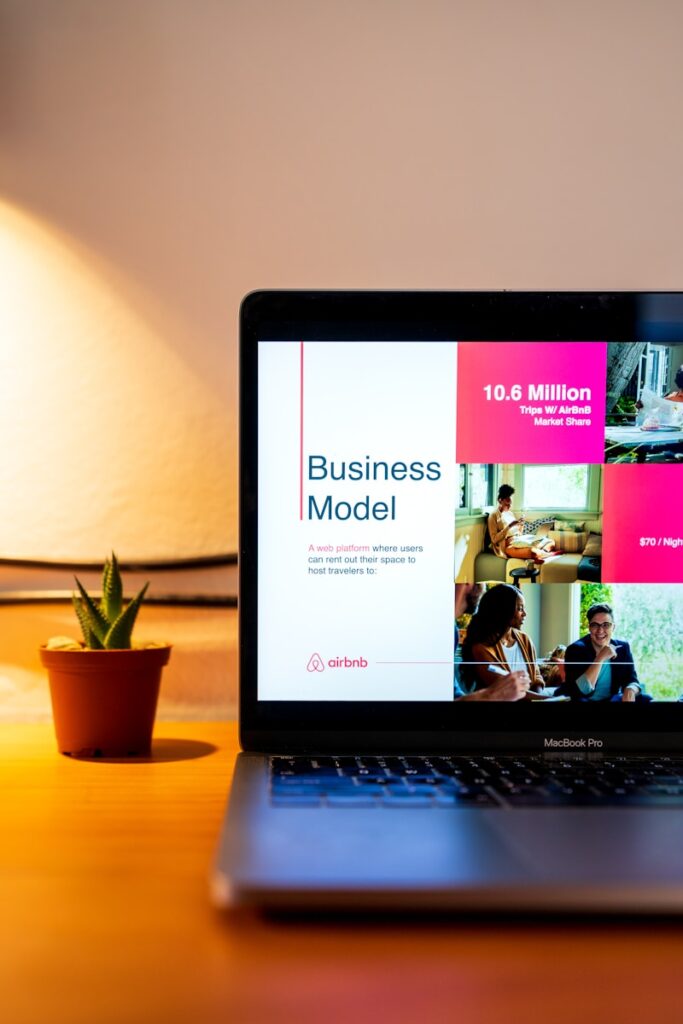
Starting a business is exciting. But one of the first big questions is simple: how do you charge for your work?
This decision matters. The way you set up your service model can make you feel steady and in control—or stuck chasing clients all the time.
At Elevatus Coaching, I believe pricing is not guesswork. It’s data, clarity, and alignment. When I launched, I tracked what clients needed, how long it really took, and where I created the most value. That data shaped the pricing model I use today. You can see it laid out at elevatuscoach.com/pricing.
Let’s break this down in plain language.
The Three Main Service Models
One-Off Sessions
Think of this like a single visit. One hour, one issue, one clear focus.
Pros: Easy to start. Quick cash. Lets you test what people actually need.
Cons: You’re always chasing the next client. No stability.
Packages
This is when you group sessions or tools together into a set offer.
Pros: Clear outcome. Easier to sell. Gives your client structure.
Cons (with a twist): Packages only work if you hold clear boundaries. I believe under-delivering is never okay—clients should always feel they got more than they paid for. But here’s the truth: too much over-delivery can burn you out and blur your value. That’s why I use over-delivery with intention. Sometimes it’s about building trust. Other times it’s a bridge to the next level of work—an upsell that helps clients step into bigger results. Done right, it’s generosity with strategy.
Retainers
This is ongoing support, like a subscription.
Pros: Steady paycheck. You spend less time chasing.
Cons: Hard to land early. Clients need to trust you first.
How Elevatus Models These
Here’s how I built my model at Elevatus:
Starter (One-Off) → $349.99 for a one-time coaching session. This helps people step in, test the waters, and solve one clear problem.
Core (Package) → $899.99 for multi-session coaching with full toolkits. This is where most growth happens because clients get systems and structure.
Premium (Extended Support) → $1,999.99+ for tailored, long-term coaching. This feels closest to a retainer because it’s about deep partnership and customization.
Why My Pricing Looks Different
Some people glance at my rates and think, “That feels high for a coach.” But here’s the truth: you’re not paying for my time. You’re paying for what you get in that time.
I don’t just show up and talk. I bring years of experience, proven systems, and blueprints that are unique to me and to Elevatus. What I’ve built saves clients months—even years—of trial and error.
My coaching is about real transformation, not just conversations. You walk away with clarity, strategies, and tools you can use right away. That’s why my pricing is based on outcomes, not the clock.
Don’t Forget Digital Products
Not every client is ready—or able—to invest in 1-on-1 coaching. That’s where digital products come in.
Guides, systems, and courses give clients access to your knowledge at a lower entry point, while still delivering value. They also create scalable income for your business, because you don’t have to trade hours for dollars.
At Elevatus, I built products like the Parenting Plan Reset and Launch Ready so people can start making progress right away, even if they’re not ready for full coaching. These tools reflect the same systems I use with clients, just in a do-it-yourself format.
Here’s why digital products matter in your service model:
They serve people at different stages of readiness.
They show the depth of your expertise.
They build trust—many clients who start with a product later step into packages or premium coaching.
When people see a digital product that actually solves a real problem, it changes how they view your coaching. They realize they’re not paying for your time; they’re paying for proven solutions.
The Shoe Test
Think of service models like shoes. You don’t wear flip-flops in a snowstorm. You don’t wear heavy boots to the beach. Each model fits a different season in your business.
When I started, one-offs gave me data. Packages gave me structure. Premium support gave me a clear way to grow with clients who wanted more. Digital products added scalability and reach.
Final Thought
There’s no “perfect” model. The right choice depends on your season, your clients, and your goals.
Question for you: If you had to choose right now, which model fits you best—one-offs, packages, retainers, or digital products?
